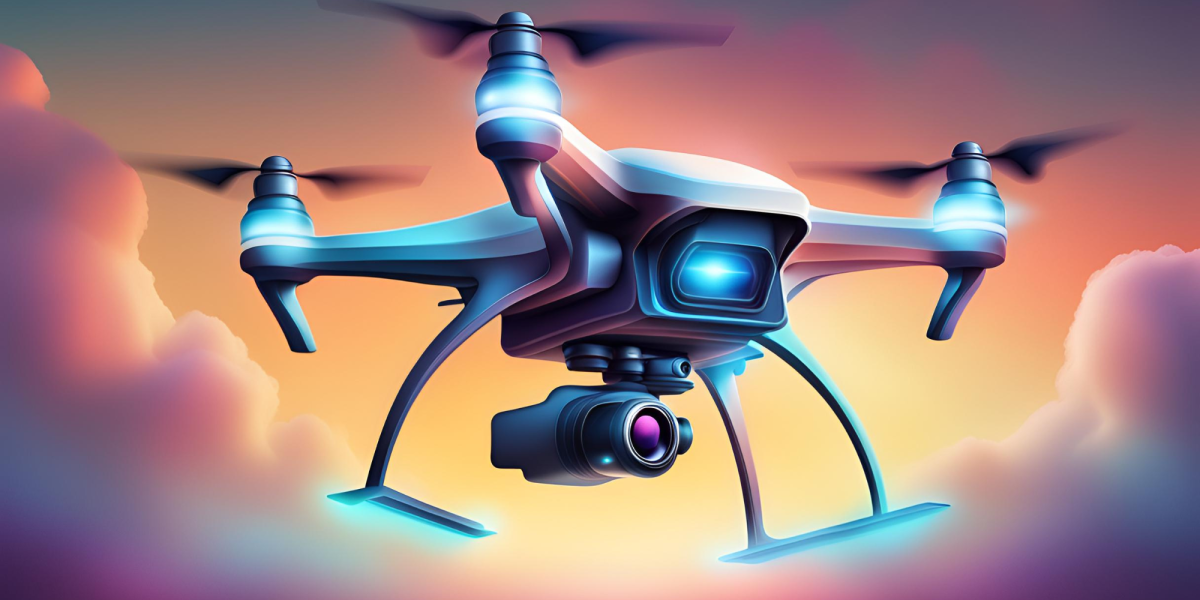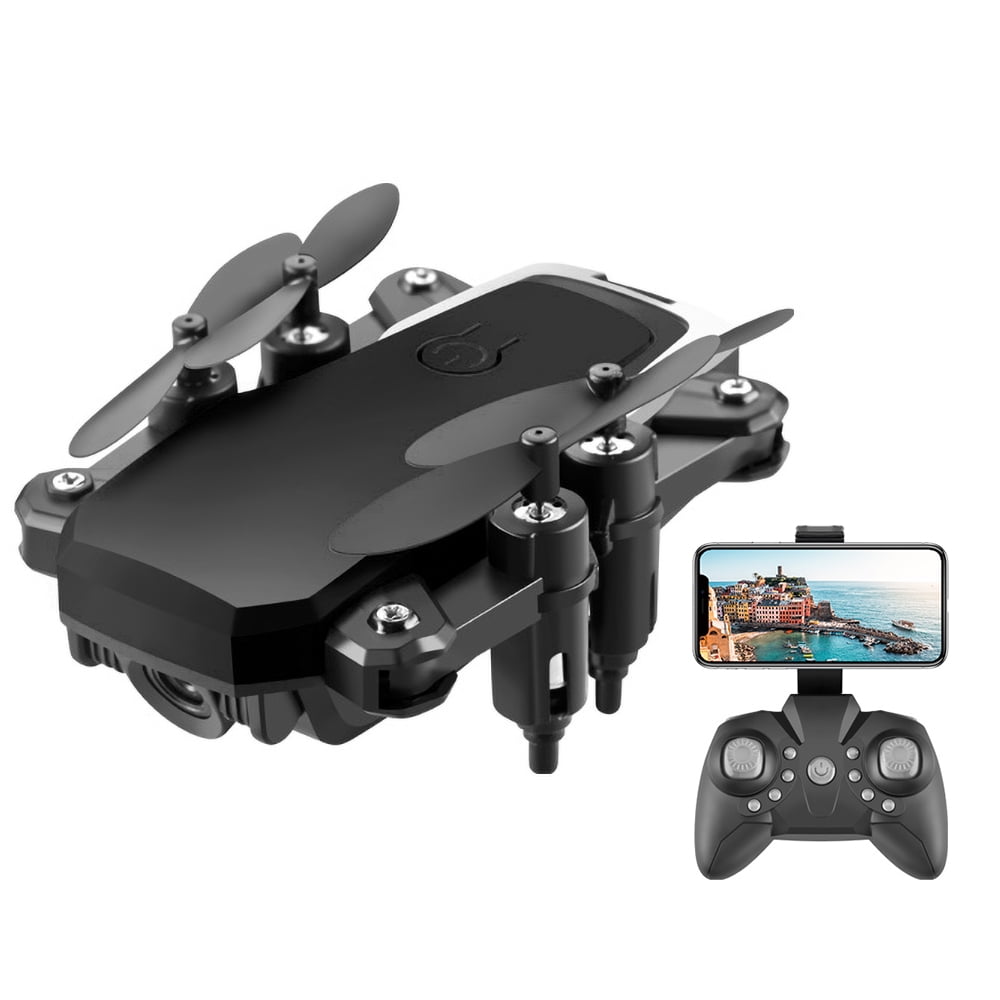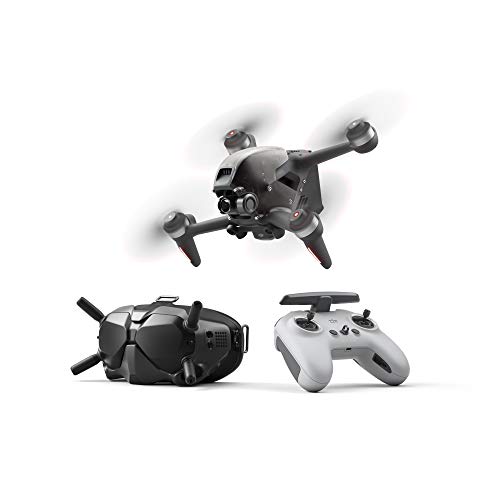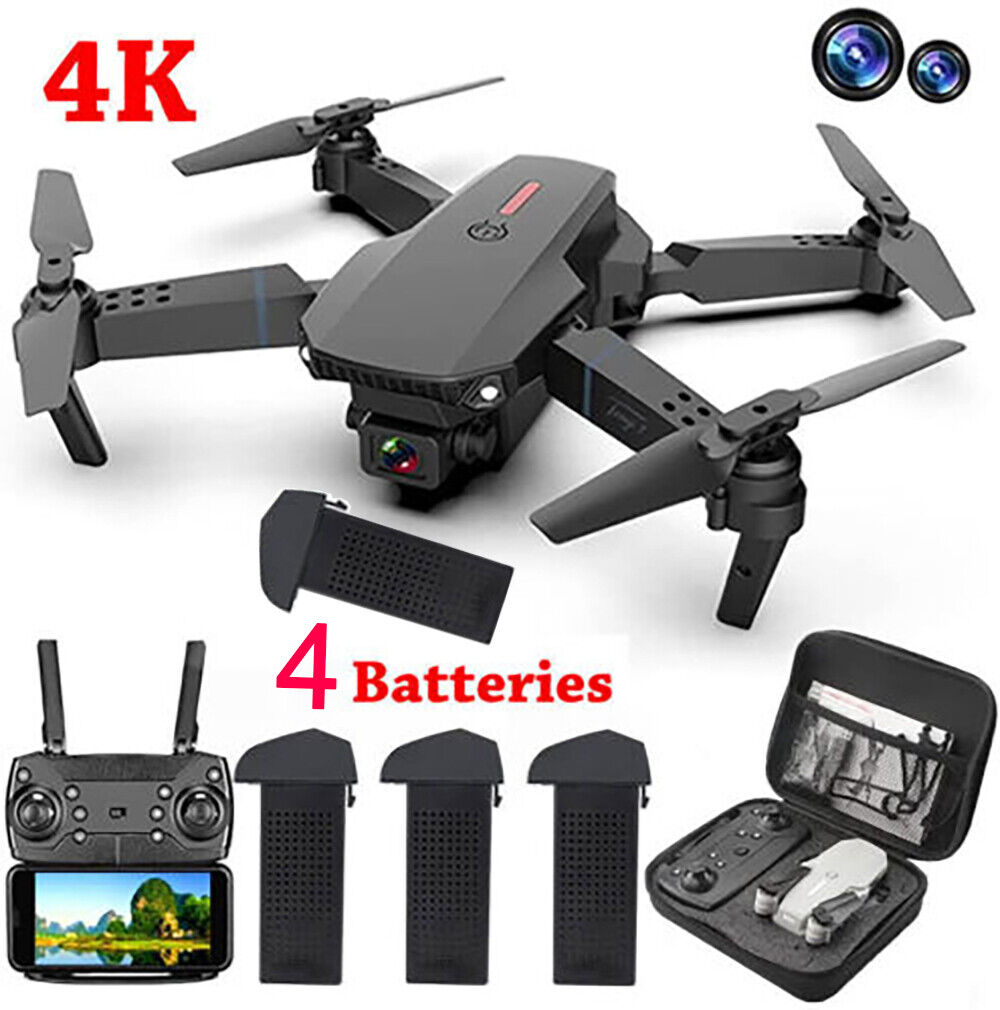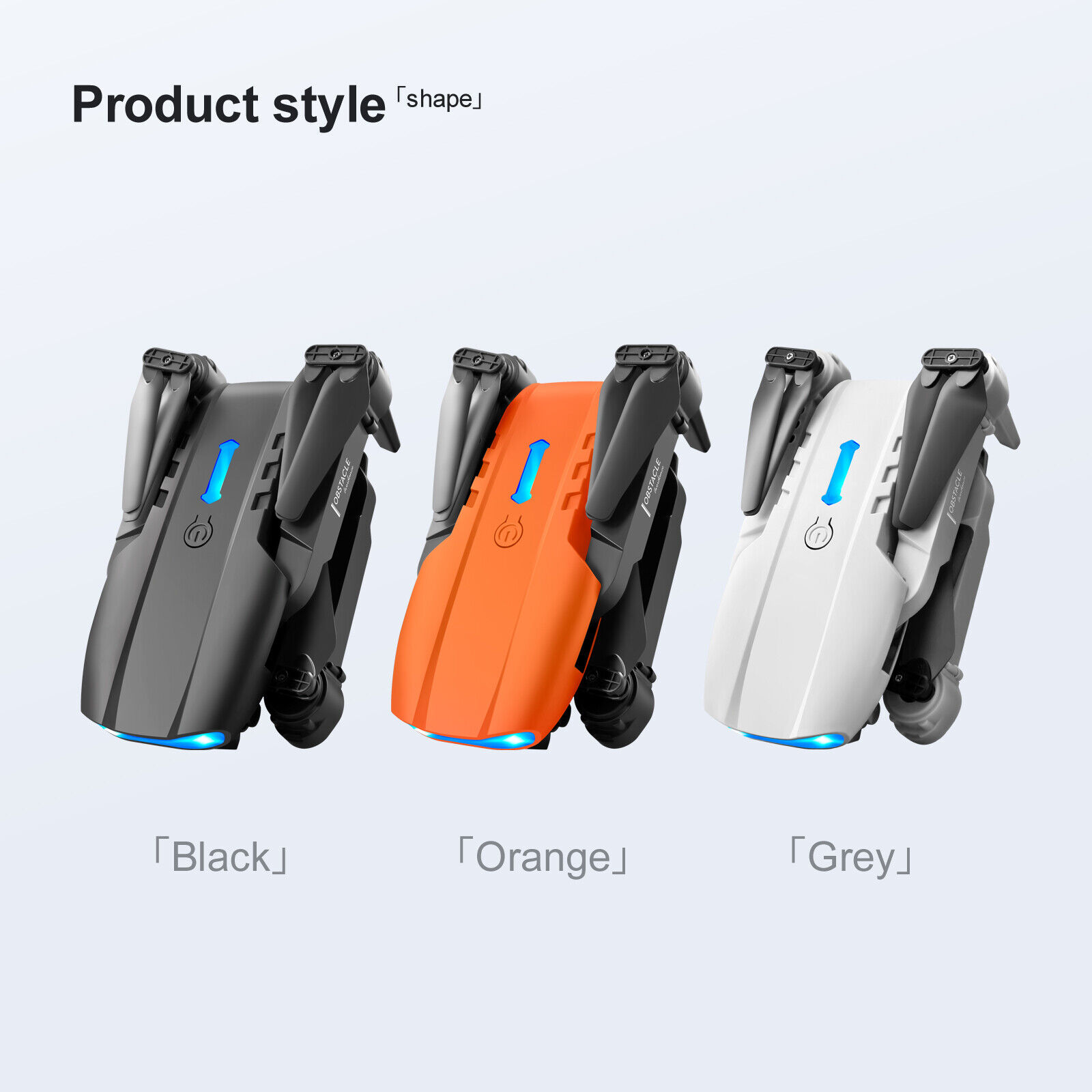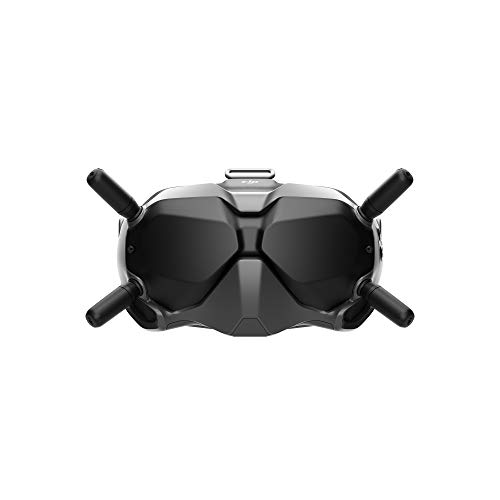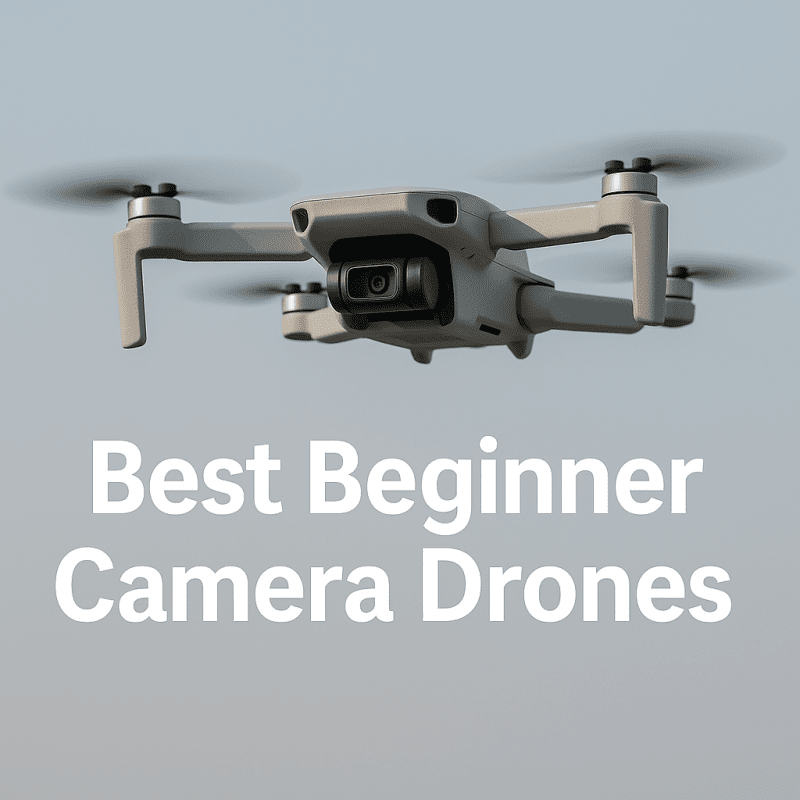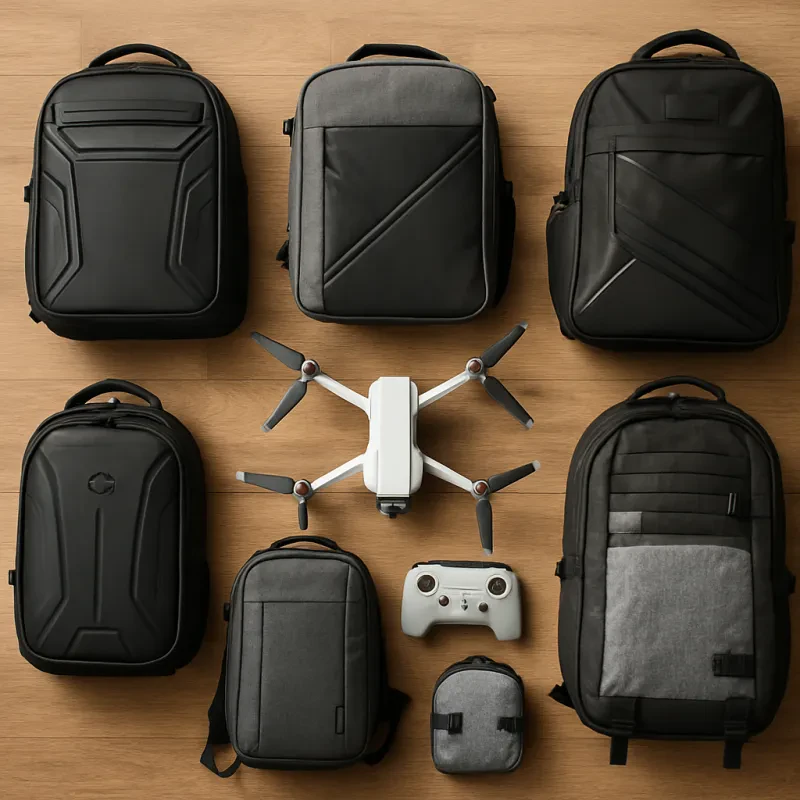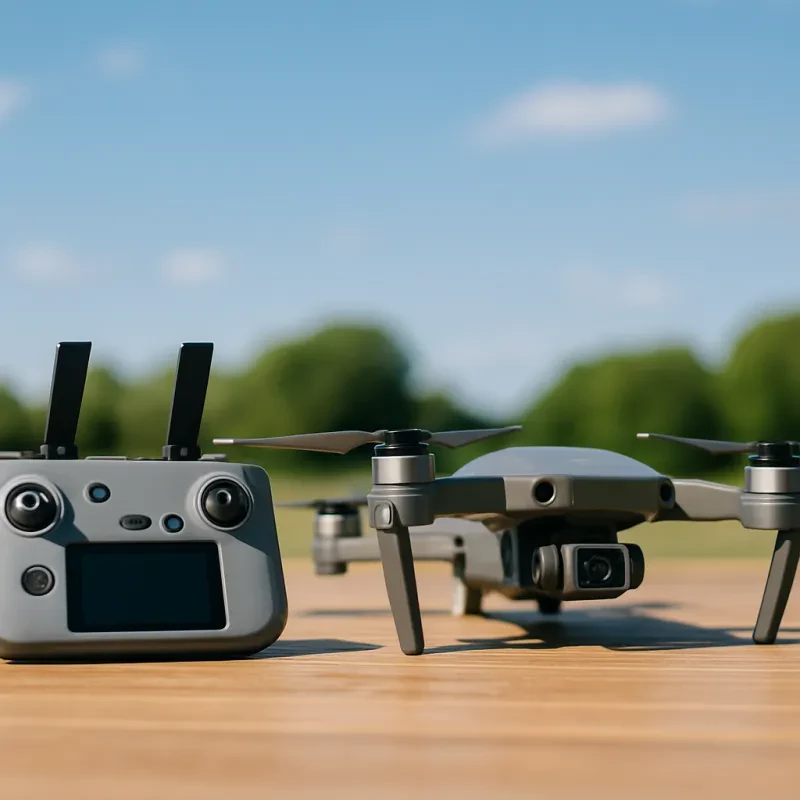The Ultimate Guide to FPV Drones: Everything You Need to Know
FPV drones have become increasingly popular in recent years, but many people are still unfamiliar with what they are, how they work, and what the hype is all about. In this ultimate guide, we’ll provide a comprehensive overview of everything you need to know about FPV drones.
What is an FPV drone?
FPV stands for “first-person view.” An FPV drone allows the pilot to see what the drone sees in real-time through a camera mounted on the drone. This camera often provides a high-definition image with low latency, allowing for a smooth and immersive experience.
How do FPV drones work?
FPV drones consist of different parts, including a remote controller, a drone body, and a camera. The pilot uses the remote controller to navigate the drone, and the camera mounted on the drone sends a real-time video feed straight to the pilot’s video goggles or screen. The pilot can then see what the drone sees and maneuver the drone using the remote controller.
Why are FPV drones so popular?
FPV drones offer a thrilling and immersive experience, allowing pilots to feel as if they're actually flying. In addition, FPV drones are often used in racing, making them popular among enthusiasts and beginners alike. FPV drone racing is an exhilarating sport, where pilots race their drones through challenging courses with obstacles and twists and turns. FPV drones also have a wide range of other uses, from photography and cinematography to search and rescue missions.
What are the different types of FPV drones?
There are various types of FPV drones, including racing drones, freestyle drones, and camera drones. Racing drones are designed for speed, agility, and maneuverability and typically have a smaller frame. Freestyle drones, on the other hand, are built for acrobatics and stunts and feature a more substantial frame. Camera drones are perfect for aerial photography and videography and are usually equipped with a high-quality camera and stabilization technology.
What equipment do I need to fly an FPV drone?
If you're a beginner, an FPV drone kit is an excellent starting point. These kits come with everything you need to fly an FPV drone, including a drone, a remote controller, video goggles, and batteries. As you become more advanced, you may choose to upgrade and customize your equipment to improve your flying experience.
Is it legal to fly FPV drones?
FPV drone laws vary depending on the country and state, so it's crucial to familiarize yourself with the laws in your area before flying. Generally, pilots must follow guidelines regarding altitude, distance from people, and restricted airspace. It’s always best to err on the side of caution and fly your FPV drone in a safe and responsible manner.
In conclusion, an FPV drone can offer a thrilling and immersive flying experience, whether you’re racing or exploring the great outdoors. With a little practice and the right equipment, anyone can learn how to fly an FPV drone and enjoy the many benefits this exciting hobby has to offer.
Exploring the World of First-Person View Drones: Benefits and Limitations
First-person view (FPV) drones have become increasingly popular among hobbyists, professionals, and even the military. These drones are equipped with a camera that transmits a live video feed to a headset or screen, giving the user the sensation of flying as if they were inside the drone. Let's take a closer look at the benefits and limitations of using FPV drones.
Benefits
- Real-time view: With live video transmission, the user can see the drone's surroundings in real-time, offering a unique perspective that is impossible to achieve with traditional flying methods.
- Precision flying: The user can control the drone's movement with more precision when they can see what the drone sees.
- Immersive experience: The FPV technology gives the user an immersive experience, as if they were actually flying the drone themselves. This is a great advantage for pilots who want to improve their flying skills or experience the thrill of flying.
- Improved safety: FPV technology allows users to fly drones in difficult terrain or tight spaces without risking their safety or damaging the drone.
Limitations
- Short battery life: FPV drones tend to have a shorter battery life compared to traditional drones, which means that users must frequently recharge the batteries to continue flying.
- Cost: FPV drones can be expensive due to the additional technology required, such as the camera, transmitter, and receiver.
- Dependency on visual cues: FPV flying relies heavily on visual cues, which means that flying in low light or poor weather conditions can be difficult and dangerous.
- Distorted perception of distance: FPV flying can distort the user's perception of distance, making it difficult to judge the drone's proximity to objects and resulting in accidents.
In conclusion, first-person view (FPV) drones offer a unique perspective and can provide an immersive flying experience. However, it is important to consider the limitations of FPV technology when operating these drones. As with any technology, it is important to be aware of the benefits and limitations to make informed decisions.
How to Choose the Best FPV Drone for Your Needs and Budget
When looking for the best FPV drone, it can be overwhelming to sort through the many models available on the market. However, by keeping a few key considerations in mind, you can find the perfect drone for your needs and budget. Here are some factors to consider:
1. Purpose
Before you start shopping, it's important to consider what you'll be using your drone for. Are you planning to use it for aerial photography, racing, or simply recreational flying? Different drones are built for different purposes, so determining your intended use will help narrow down your options.
2. Price
FPV drones range in price from a few hundred to several thousand dollars. Determine your budget before you begin shopping so you can focus on models within your price range. However, keep in mind that investing in a more expensive drone can often result in better quality and more features.
3. Camera Quality
If you're interested in using your drone for aerial photography or videography, camera quality is a key consideration. Look for drones with high-resolution cameras and the ability to adjust camera settings such as ISO, shutter speed, and exposure.
4. Flight Time
The flight time of a drone refers to how long it can fly on a single charge. Depending on the drone model, flight time can range from a few minutes to over 30 minutes. Consider how long you'll need to fly your drone for your intended use, and choose a model with a suitable flight time.
5. Range
The range of your drone refers to how far it can fly before losing connection with the remote controller. For FPV drone racing, a shorter range may be sufficient, but for aerial photography or videography, a longer range will allow you to capture footage from greater distances.
6. Flight Stability
Flight stability is important for any drone, but especially for those used for racing or aerial photography. Look for drones with sensors and stabilizers that can help keep the drone steady and predictable, even in windy conditions.
By considering these factors, you can find the perfect FPV drone for your needs and budget. With the right drone, you'll be able to enjoy flying and capturing stunning aerial footage for years to come.
LF606 4K WiFi FPV Mini Drone for Kids
Experience fun and adventure with this easy-to-use mini drone designed just for kids
Product information
$65.19 $39.66
Product Review Score
4.35 out of 5 stars
199 reviews